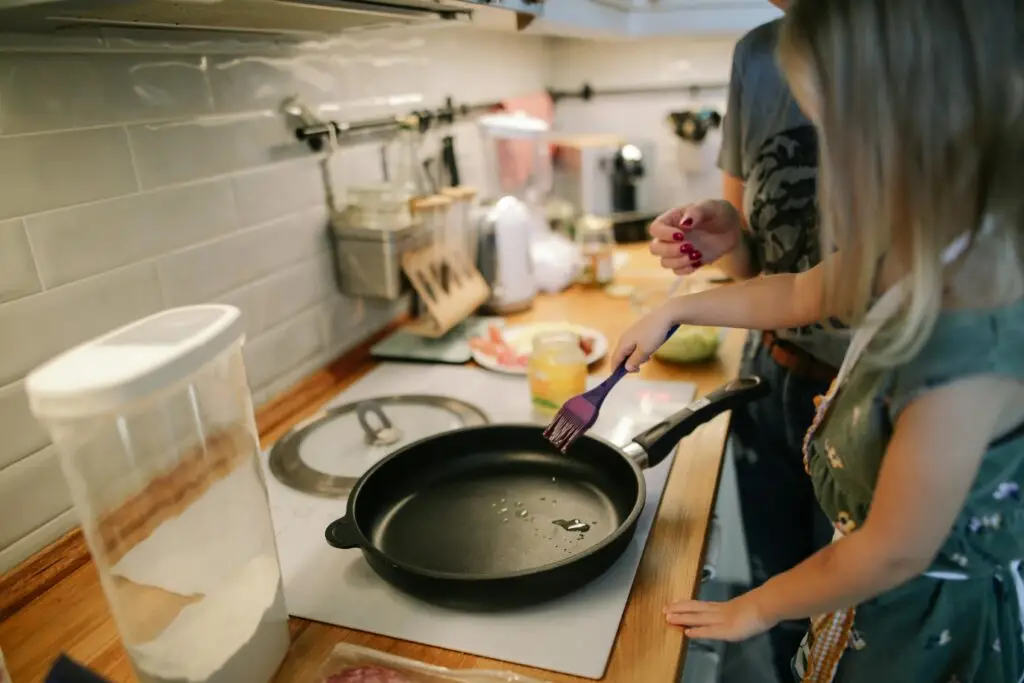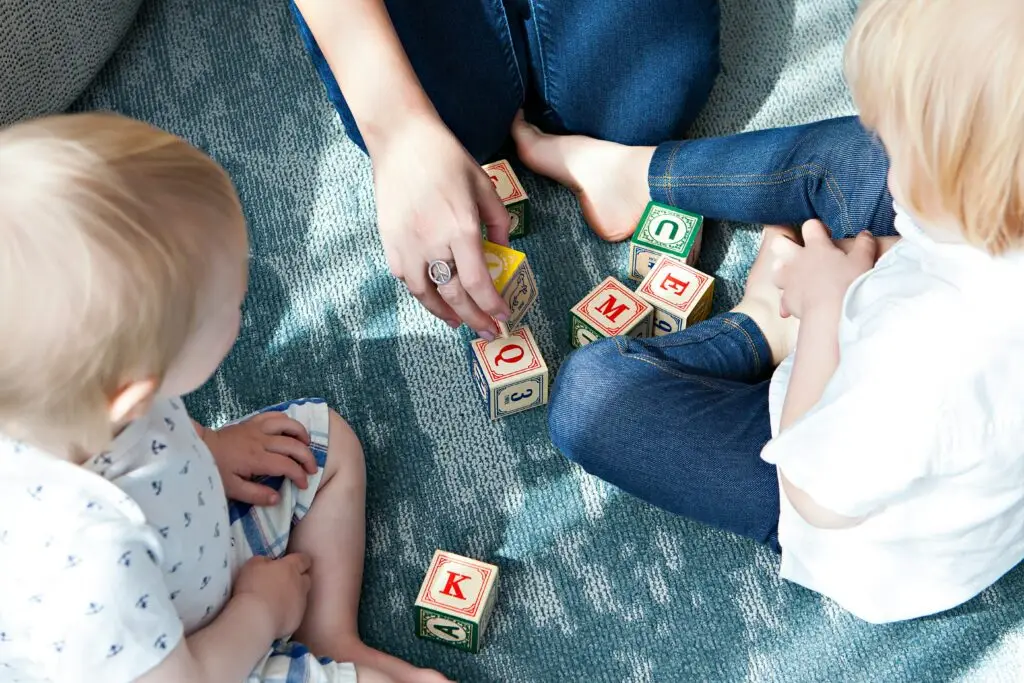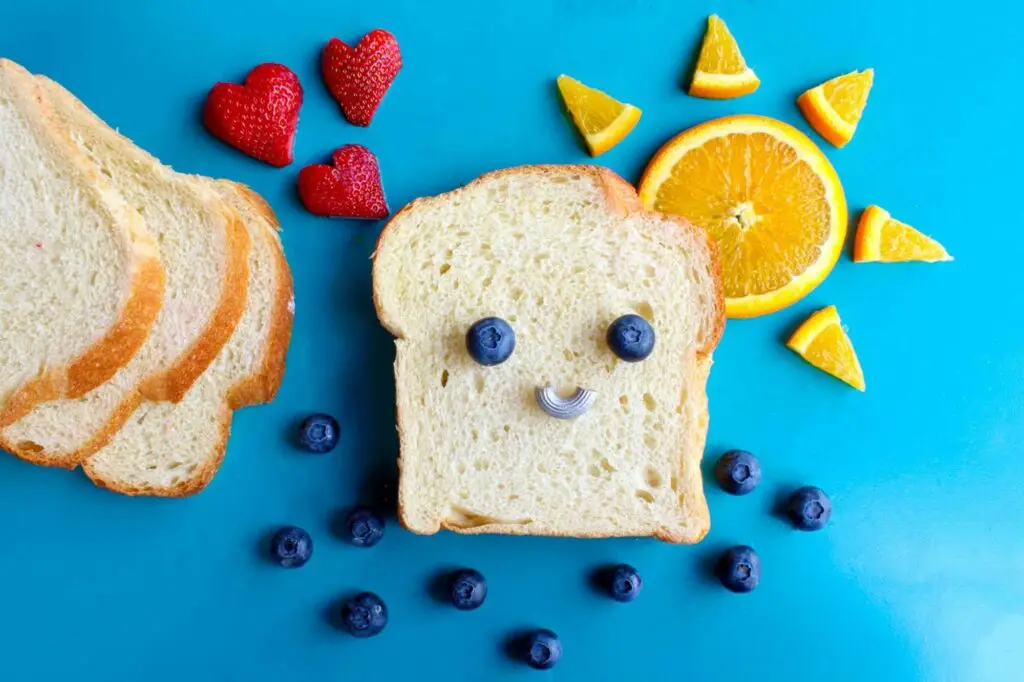Creating a Montessori-Friendly Kitchen: Empowering Your Child's Independence
As a parent, you’ve likely heard about the Montessori method and its focus on fostering independence in children. One of the best places to apply these principles is in the heart of your home – the kitchen. A Montessori-inspired kitchen setup can provide your child with invaluable learning opportunities, growth, and self-reliance. Let’s explore how you can transform your kitchen into a child-friendly space that encourages independence and learning.

Understanding the Montessori Kitchen Concept
Before diving into the specifics of creating a Montessori kitchen setup, it’s essential to understand the underlying principles:
- Accessibility: Everything should be within your child’s reach
- Safety: The environment should be safe for exploration
- Functionality: Tools and items should be real and functional
- Independence: The setup should allow your child to do things on their own
- Learning opportunities: Every activity should provide a chance to learn and grow
Creating Accessible Workspaces
Child-Height Surfaces
Start by providing a workspace at your child’s height. This could be a low table, a repurposed shelf, or even a dedicated child-sized kitchen unit. The goal is to give your child a place where they can comfortably prepare snacks, pour drinks, or help with meal preparation.
Step Stools
For areas that can’t be lowered, like the main kitchen sink, provide sturdy step stools. This allows your child to reach higher surfaces safely when necessary.
Organizing for Independence
Low Shelves and Drawers
Reorganize your kitchen to store child-friendly items in lower cabinets and drawers. This might include:
- Plastic cups and plates
- Child-safe utensils
- Snack containers
- Napkins and placemats
Clear Containers
Use clear, easy-to-open containers for snacks and frequently used items. This allows your child to see what’s inside and make choices independently.
Providing Child-Sized Tools
Real, Functional Tools
Montessori emphasizes using real tools rather than toys. Invest in child-sized versions of:
- Utensils (forks, spoons, butter knives)
- Measuring cups and spoons
- Mixing bowls
- Cutting boards
- Small pitchers for pouring
These tools should be functional but safe for your child to use with minimal supervision.
Setting Up Activity Stations
Snack Preparation Area
Dedicate a space for snack preparation. Stock it with:
- A small cutting board
- A child-safe knife for cutting soft fruits or vegetables
- Spreading tools for butter or spreads
- Small bowls for portioning
Drink Station
Create a drink station with:
- A small water dispenser or pitcher
- Cups
- A small tray for carrying drinks
Cleaning Station
Encourage cleanliness and responsibility by setting up a cleaning station with:
- A small dustpan and brush
- Child-sized cleaning cloths
- A spray bottle with water for wiping surfaces
Safety Considerations
While independence is key, safety is paramount. Here are some tips to keep in mind:
- Use childproof locks on cabinets containing hazardous items
- Keep sharp knives and dangerous appliances out of reach
- Teach proper hand washing techniques
- Supervise use of electrical appliances
- Establish clear rules about stove and oven usage
Encouraging Practical Life Skills
A Montessori-friendly kitchen is an excellent place for children to develop practical life skills. Encourage your child to:
- Set the table
- Help with meal preparation
- Clean up spills
- Load and unload the dishwasher (age-appropriate items)
- Sort and put away groceries
These activities not only foster independence but also develop fine motor skills, concentration, and a sense of responsibility.
Embracing the Learning Process
Remember, the goal of a Montessori-friendly kitchen is not perfection, but learning and growth. Spills will happen, and tasks may take longer when your child is helping. Embrace these moments as valuable learning experiences.
- Be patient and allow your child time to complete tasks
- Demonstrate techniques clearly and slowly
- Offer help only when necessary, encouraging problem-solving
- Praise effort and progress, not just results
Adapting as Your Child Grows
As your child develops new skills and grows taller, continually adapt your Montessori kitchen setup. Introduce new tools and responsibilities gradually, always balancing independence with safety.
Creating a Montessori-friendly kitchen setup is an investment in your child’s development and self-confidence. By providing an accessible, safe environment filled with opportunities for practical learning, you’re empowering your child to become more independent and capable.
Remember, the process of transforming your kitchen doesn’t have to happen overnight. Start with small changes and gradually adapt your space as you observe your child’s interests and abilities. The rewards of seeing your child confidently navigate the kitchen, prepare their own snacks, and contribute to family meals are well worth the effort.
By fostering independence in the kitchen, you’re not just teaching practical skills – you’re nurturing your child’s self-esteem, decision-making abilities, and love for learning. These are gifts that will serve them well throughout their lives, extending far beyond the kitchen walls.


